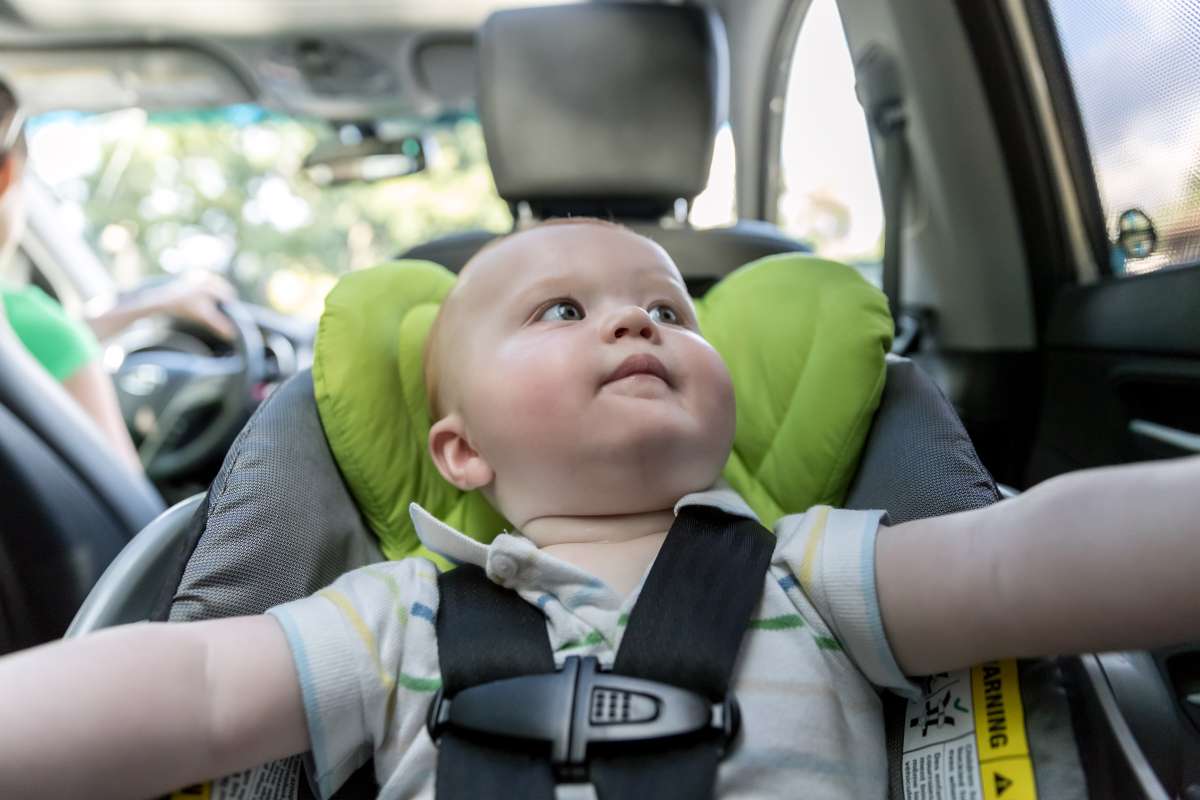One way for family members to connect is to write a blog together. Discussing and writing about important events and meaningful moments, in a blog, can help a family stay connected with each other, friends, and extended family members. Creating a blog with your child can also provide opportunities for your child to be creative in choosing topics and what information to include, and this activity can introduce young writers to a different form of writing as they develop their communication and literacy skills.
How Do You Start?
Choose a website to host your blog – Many online platforms can be used to blog. Most of these platforms are free for basic use and, if you purchase more complex versions, you can customize your blog by using additional or advanced features. Below are a few sites you may wish to explore as you start your blogging journey.
Pick a name – Customize the name of your blog. Make it a fun activity, and include the whole family as you choose a unique name! It could be a funny name, a name that has a specific meaning for your family, your family’s name, or a combination of all three!
Choose your audience – Whom are you writing this blog for? Although blogs are usually public, you can make your blog private and invite anyone you choose—family, friends, coworkers—to follow your posts. The information you include in your blog will likely depend on whether your blog is public or private. If you choose to make your blog post public, be sure not to add any personal information that could make you and your family unsafe.
If your blog is private, remember to send out an invitation for your audience to allow them to sign up for updates through email or Really Simple Syndication, commonly referred to as RSS. This notification allows your followers to receive notifications of new posts as soon as you publish your information, and you do not have to message everyone each time you make a post.
Writing the Posts
Now that you have decided where to post your blog, what the name of your blog will be, and who your audience will be, you are ready to start writing! Include the entire family as you choose your topics. Below is a list of ideas for topics and activities to get you started.
- Family vacations
- Start and/or end of a school year
- Special interests of your child that they want to research and write about
- Sports events and accomplishments
- Milestones your child is reaching
- Moves/updates your family is going through
- Holiday check-ins
Remember, writing a blog can be a journey that you can tailor depending on what information you and your family are comfortable sharing. Add pictures to your posts as you write about memories and include updates. Your blog can be a virtual memory book that you can turn to as the years go by, so you and your family can share and remember accomplishments and reminiscence about events, people, and fun times.
Additional Resources
How to Teach your Child about Online Safety
References
Diana. (2021, February 24). How to start a family blog and keep memories. WPlook Themes. https://wplook.com/how-to-start-a-family-blog/
United States Department of Health and Human Services. (n.d.). What is RSS?. Administration For Children & Families. https://www.acf.hhs.gov/what-rss













